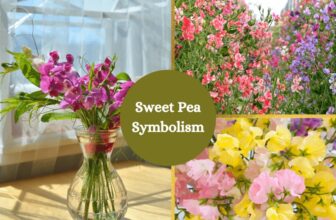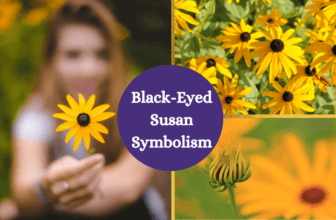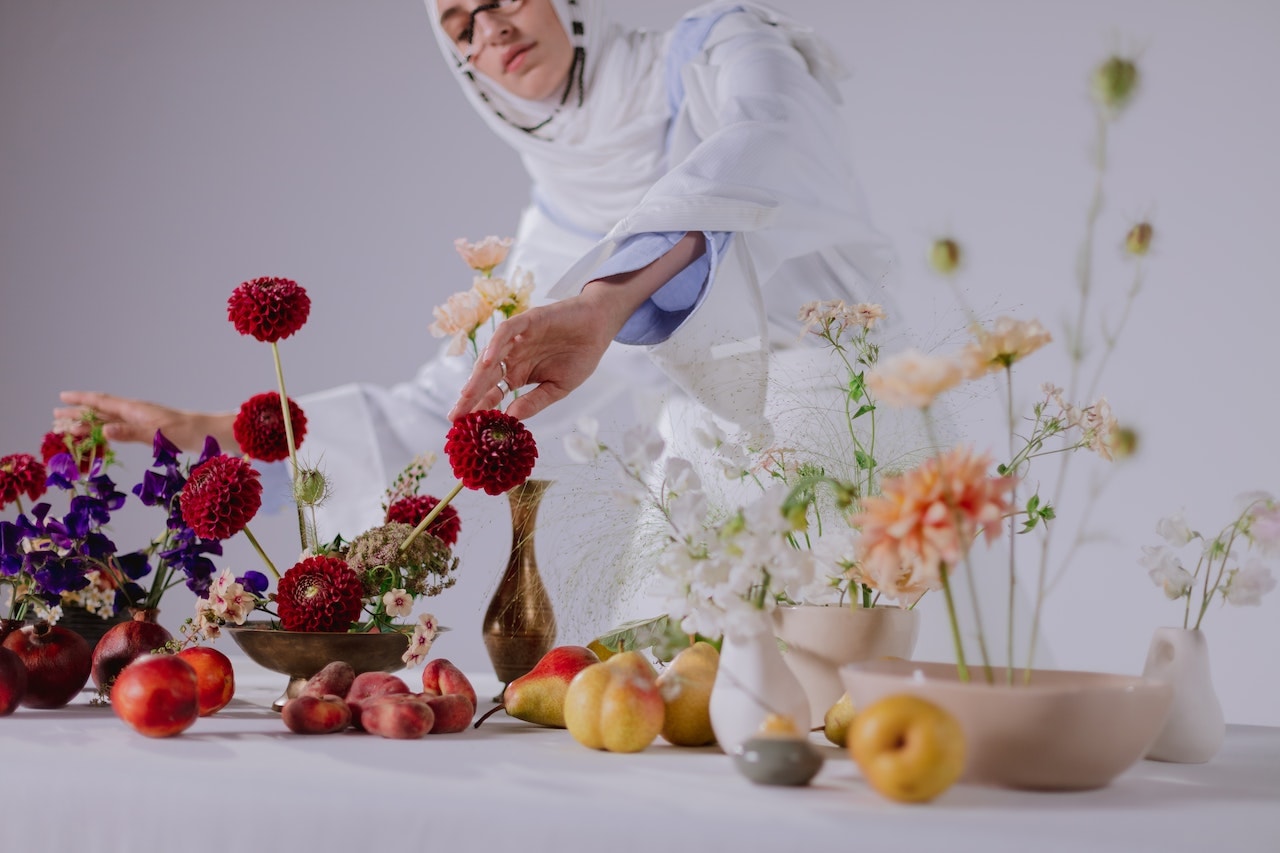
Table of Contents
Using flowers to convey your feelings and express your emotions, whether it is love, remorse or condolences is in vogue. But, how do you know which flower to choose and to give to your loved one? This is where floriography comes into the picture.
Romantically known as the language of flowers, floriography is the art of communicating and expressing one’s emotions through the use of flowers. Each flower has a unique and different meaning attached to it, depending on the type of flower, its color, and how many of them are used.
The Meaning and Origin of Floriography
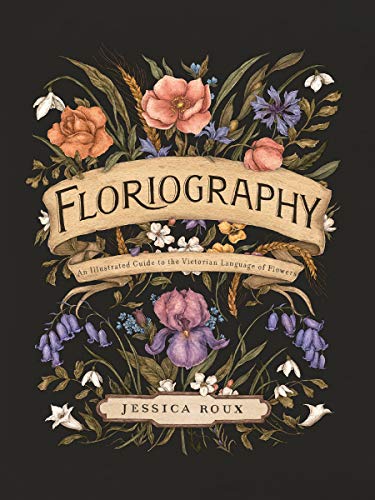
Floriography is said to have been the secret language of flowers in the Victorian Era, in both Britain and the United States. According to various sources, codifying the meaning of floral blossoms in the form of a dictionary became increasingly popular. During this period, a lot of literature on the language of flowers and their various meanings was produced. This also includes several illustrated books and flower dictionaries which are still used around the world.
While the practice of floriography is said to have been introduced by Lady Mary Wortley, an English aristocrat, to Britain and other parts of Europe, the use of flowers to communicate and with symbolism is nothing new. It’s been practiced in various parts of the world and in many cultures across Asia, Europe, and Africa. This is why flower meanings and symbolism are often seeped with ancient mythology and legends and are also derived from literature and religion.
1. Floriography in Greek Mythology
One such popular Greek mythology that involves a flower is the story of Narcissus, a hunter known for his beauty. Narcissus was proud and refused the love of the nymph Echo, who was punished by the goddess Aphrodite and could only repeat the words of others. As punishment for his pride and cruelty, Narcissus was doomed to fall in love with his own reflection in a pool of water, unable to leave the image of himself. He died staring at his own reflection and was transformed into the flower that bears his name, the narcissus.
2. Floriography in the Victorian Era
Governed by strict etiquette, those of Victorian society rarely showed their true feelings. The development of Floriography ensured that they could express affection, joy, desire, or even disdain albeit discretely through the use of flowers.
This was especially the case for women of the privileged classes in aristocratic society who were encouraged to be soft-spoken. Flowers were means to express themselves and also to communicate with their peers.
Flowers were used as secret messages and for the youngsters looking for potential lovers, there was floral etiquette to be kept in mind. When a bouquet was held at heart level by the recipient, it meant that they were interested. While a bouquet held downwards meant to try again another time. When giving an affirmative answer, the bouquet was given using the right hand. However, when rejecting an advance, it was given using the left hand.
They used flowers in a variety of ways, such as carrying small bouquets known as Tussie-mussies, wearing floral accessories on their gowns or hair, and so on, allowing them to show their true feelings of affection or sorrow in an alluring and enigmatic manner. Tussie-mussies, which featured fragrant herbs with a single meaningful flower wrapped in lace, was also known to ward off evil spirits and bad luck.
Some common flower meanings in the Victorian Era:
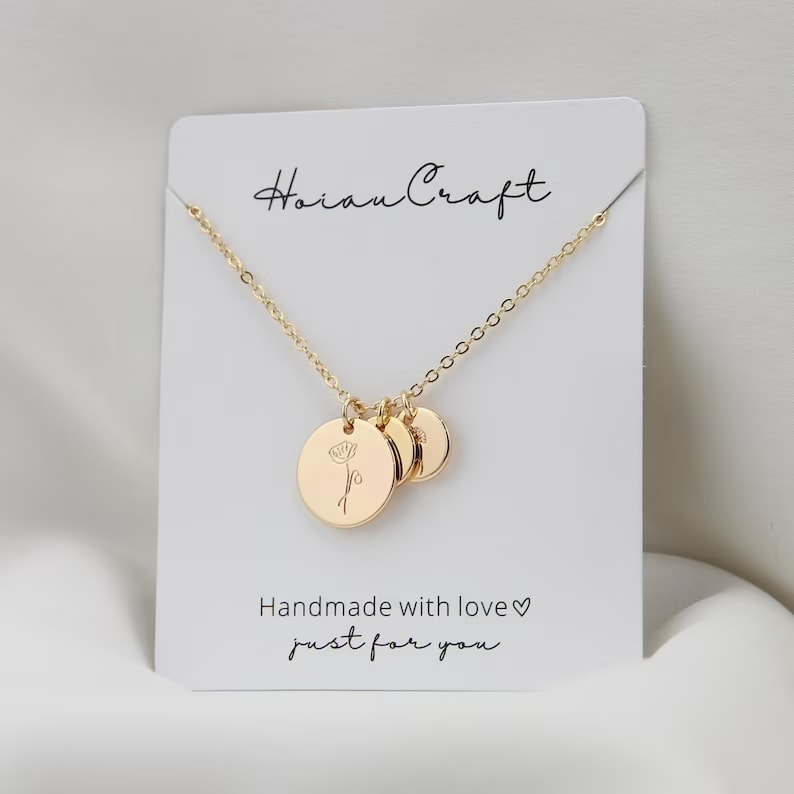
- Sweet peas were a popular token of thanks, it was used to express gratitude and when paired with a flower named zinnias it signified everlasting friendship.
- A single red rose was used to show its recipient that the sender admired them.
- And if the recipient reciprocated with a yellow carnation, it symbolized disdain and clearly showed that they were not interested.
- Yellow buttercups were also not the best choice for gifting as it symbolizes childishness.
- Sunflowers symbolized haughtiness due to their exaggerated size.
- While not exactly a flower, the cabbage which looked like cash represented wealth profit, or money.
- A bouquet of Pennyroyal, Tansy, and rue flowers symbolized disdain, ‘you must leave’ or even war.
- Basils were used to convey the message of hatred, while Azaleas were used for messages showing concern and hoping the recipient would take care of themselves.
Meanings of Flowers Based on Colors
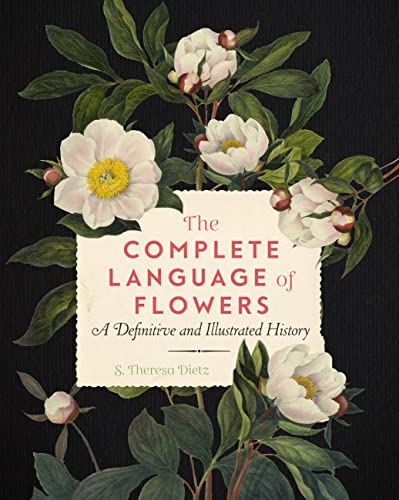
Since not everyone is familiar with the intricate language of flowers, many express their feelings using flowers of certain colors.
- White flowers – Symbolize innocence, humility, and purity, these are usually used in weddings and also to welcome newborns. In Asian culture white flowers symbolize death and mourning, commonly used in funerals.
- Red flowers – Universally known to be a color of passion, and an expression of love, these flowers are usually gifted to loved ones to show your affection and love. But they can also symbolize desire, respect, and courage.
- Pink flowers – These flowers have several meanings depending on the place it originates from. In Western cultures, they represent playfulness and femininity. They are usually sent to romantic interests or friends. In Japan, it’s said to be a symbol of good health, in China it means good fortune and in Thailand, it’s considered to be a symbol of trust.
- Yellow flowers – It represents joy, happiness, light-heartedness, and friendship. They make lovely presents to brighten up anyone’s day. However, not all yellow flowers symbolize positive feelings toward the recipient. Certain yellow flowers such as yellow carnations and yellow buttercups have negative emotions and connotations attached to them.
- It’s considered inauspicious to have red and white flowers together in a bouquet as it’s believed to foretell certain death
Floriography in Literature
Several authors have used floriography as a means to symbolize certain aspects of their characters. This can be seen in Edith Wharton’s novel ‘the Age of Innocence’, where her female protagonist where referred to using Lily of the valley blooms to symbolize innocence or yellow blooms to showcase their confidence and experience in worldly matters.
Another prominent example in pop culture and literature is that of Margaret Atwood’s classic ‘The Handmaid’s Tale’, where red tulips symbolized the fertility of the handmaids as well as their confinement.
A thriller written by Barbara Copperthwaite, ‘Flowers for the Dead’, is also a fine example of the use of the language of flowers since the serial killer courted his victims using flowers and their varied meanings.
This shows how irresistible the use of flowers and floriography is even in modern times.
Floriography in Modern Times
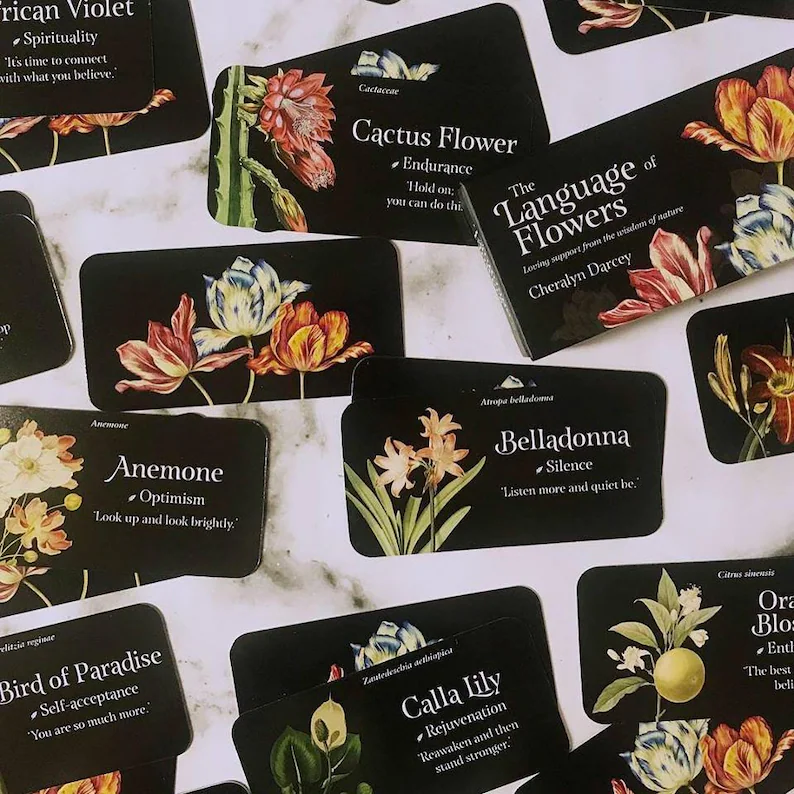
This precious art of giving meaning to flowers beyond their beauty was unfortunately lost during the World War, however, its surfacing and floriography are once again in the limelight.
One notable example of floriography in modern times is that of King Charles’ choice of a funeral wreath for the late Queen Elizabeth. He aptly chooses myrtle, which symbolizes love and prosperity, and also the English oak which represents strength. There was more to the wreath than what met the eye, as it wasn’t only a symbol of familial grief but went beyond to express his concealed emotions.
Flowers such as yellow roses, freesias, alstroemeria, and chrysanthemums are popular flowers that represent friendship and symbolize devotion, trust, support, and so on.
Flowers that mean gratitude and are often you used to thank someone include hydrangeas sweet peas, pink roses, and irises. Tees flowers perfectly convey your heartfelt sentiment of appreciation and sincere admiration.
On the other hand, flowers that express love or romantic feelings include dahlias, red roses, red tulips, and red carnations. These flowers are perfect to convey enduring passion and deep endless and affectionate love.
Flowers such as lilies, white roses, poppies, and orchids are used to convey condolences and sympathy. They mean humility in the sense and a mostly used for funerals and as flowers for remembrance.
There can be no celebration without flowers such as peonies, lisianthus, daffodils, and calla lilies. These are used to congratulate people and to wish them good luck and prosperity on their journey ahead.
There are also flowers that symbolize the birth month of a person, which often make the most thoughtful and lovable gifts
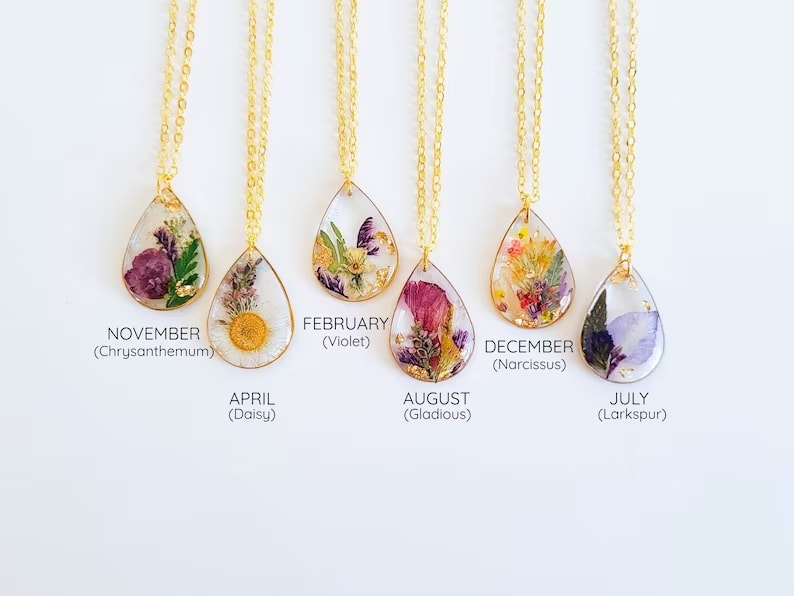
- January – Carnation and snowdrop meaning love, loyalty, and devotion.
- February – Primroses and purple violet symbolize humility, spiritual wisdom, and faithfulness.
- March – Daffodils and jonquils which mean luck, prosperity, vanity, and rebirth.
- April – Sweet peas and daisies, symbolize loyalty, transformation, and innocence.
- May – Lily of the valley and hawthorn, which symbolizes sweetness, humility, and motherhood.
- June – Roses and honeysuckles represent beauty, honor, devotion, and love.
- July – Delphinium and water lily symbolize an open heart, dignity, grace, and positivity.
- August – Gladiolus and poppy were popularly known to symbolize a strength of character, generosity, moral integrity, and honesty.
- September – Aster and morning glory which mean wisdom, faith, innocence, and love.
- October – Marigold and cosmos, which represent determination and stubbornness.
- November – The only month with one birth flower which is the chrysanthemum representing honesty, happiness, and friendship.
- December – Holly and daffodil symbolize peace, merriment, and good fortune.
Wrapping Up
Once you learn the meaning behind these beautiful creations of nature, there is no going back. Giving flowers as gifts will become much more thoughtful for you as well as the receiver since you will be sincerely expressing your feelings through that bouquet. There’s more to a bouquet of flowers than just its beauty, it symbolizes something deeper and an emotional intimacy.
While mostly forgotten after its debut in Victorian society, it’s once again gaining traction in modern times. So, don’t be shy to send that bouquet of flowers to your loved one whether to express your love, to apologize, or to celebrate.





